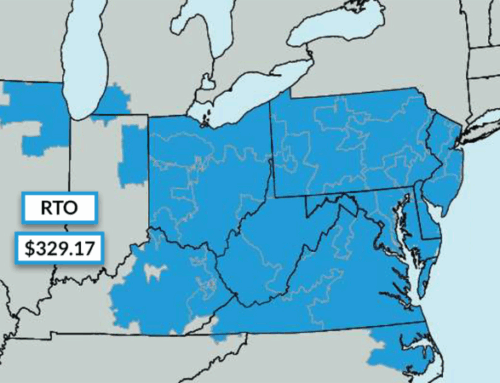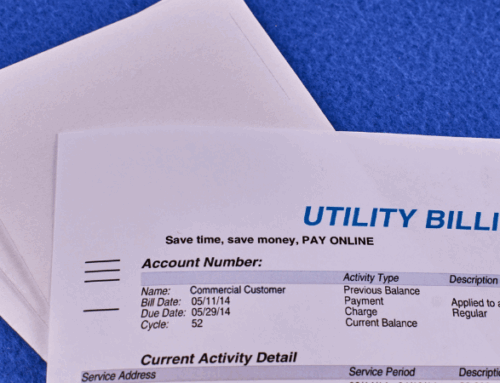As the electric system moves to decentralized grids, such as microgrids, DER networks, and on-site generation, the role of natural gas is becoming more important than ever. These decentralized systems promote energy independence and resilience; however, renewable generation sources are not always powerful enough to cover a customer’s energy load. Enter on-site natural gas generation that allows consumers to bridge the gap between renewable production and their load demand. In this article, we will explore the important role of natural gas serving as a complement to intermittent renewables like wind and solar.
What Are Decentralized Grids?
A decentralized electric grid operates independently from the centralized power system. These are smaller, autonomous power systems that generate electricity behind the meter for a single entity, or in front of the meter for larger coops or communities. Some examples of decentralized grids include microgrids powered by solar and battery storage, which are often found in community-based settings, such as college campuses.
Some of the benefits of establishing a microgrid network include independence from the traditional power system, direct control over energy production costs, faster recovery during system outages, and quick adoption of renewable energy.
Conventional Natural Gas In Decentralized Grids
When renewable energy output drops or cannot meet peak demand, on-site natural gas generation helps to add additional supply to a facility or community. These gas generators are powered by turbine engines which use natural gas to generate electricity. In some applications, consumers are also capturing the heat from the system and repurposing it towards steam and heat loads. This is referred to as a combined heat and power system (CHP) and can help to dramatically reduce the costs of running the gas generator.
Many decentralized systems are connected to battery energy storage systems (BESS), which serve as a resource to capture excess generation to be used at a later date. Some larger facilities are even deploying their battery assets in the ancillary services markets and earning revenue from these resources.
The Potential Of Renewable Natural Gas (RNG)
Renewable Natural Gas (RNG), or biomethane, is a method of generating clean, alternative fuel compared to traditional fossil-based natural gas. It’s produced from the breakdown of organic matter such as food waste, agricultural residue, and landfill gas, and can use the same pipeline infrastructure as traditional natural gas. Organizations purchasing renewable natural gas for on-site generation can offset the carbon emissions of natural gas to become more sustainable. This strategy promotes a carbon-neutral protocol.
Benefits Of Natural Gas Power Generation
There are several significant benefits to integrating natural gas power generation into your microgrid strategy, including:
Accessibility
Natural gas is abundant and easily accessible through traditional pipeline networks. It becomes a seamless integration into a decentralized system.
System Stability
Due to the intermittent nature of renewable energy, facilities cannot rely on wind and solar alone. Adding natural gas to the mix ensures a stable power supply to the facility at all times.
Reliability
Generating electricity by burning natural gas is a very efficient process, and costs can be calculated using heat rates. This becomes a reliable energy source that can be tracked and even hedged in the natural gas futures markets.
Challenges And Considerations
While adding natural gas generation as a fuel source to your microgrid, it comes with its own set of challenges.
Price Volatility
The natural gas markets are inherently volatile. Prices are determined almost exclusively by supply and demand in the physical market and can spike in a matter of days based on real-world circumstances. Consumers are encouraged to explore natural gas hedging strategies where they can mitigate some of the price risks associated with buying gas on a long-term basis for the generator.
Infrastructure Requirements
Adding a natural gas generator is not always so simple. The consumer needs the space to place the generator (typically the size of a storage container), and if they plan to implement CHP practices, the generator needs to be located near existing steam or heat infrastructure. There could also be some regulatory hurdles with the added gas load, and the project must be approved by the local gas utility.
Safety & Environmental Concerns
Natural gas is extremely flammable, and if not managed properly, it can cause explosions or fires. Furthermore, there could be some environmental pushback to using more natural gas in your energy operations, from methane leaks to emissions from fossil-fuel-based gas.
Interested In Exploring Natural Gas Integration For A Microgrid?
As the energy grid continues to modernize, natural gas is quickly becoming a vital bridge fuel, enabling the transition to more independent infrastructure. If you’re exploring ways to build a cost-effective energy strategy, our team can help. We have decades of experience navigating the natural gas markets and can help guide you through making the right decisions. Contact us today for more information.



